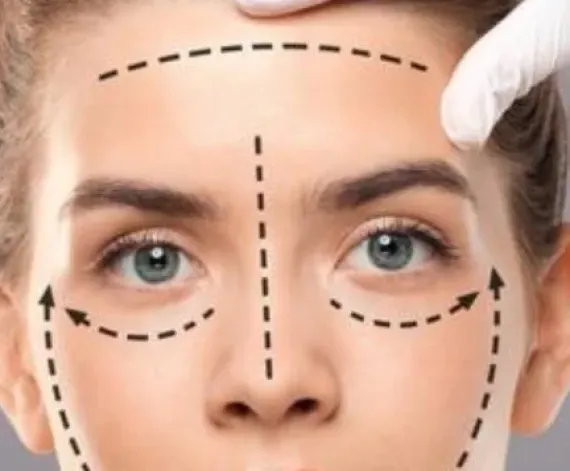
Cosmetic procedures have advanced significantly, providing various options for enhancing appearance. Anesthesia plays a crucial role, as some procedures require general anesthesia to ensure patient comfort, while others are performed under local anesthesia to minimize recovery time and risks.
So, what is the difference between them? And how is the most suitable type of anesthesia determined for each procedure? We answer these questions in the following article.
General Anesthesia: When Is It Necessary in Cosmetic Procedures?
General anesthesia is used for major cosmetic surgeries that require complex surgical intervention. During the procedure, the patient is completely unconscious and unaware, ensuring no pain or awareness of the surroundings.
It is administered intravenously or through inhalation and requires close medical monitoring.
Cosmetic Procedures Requiring General Anesthesia
Include:
- Extensive liposuction involving multiple or large areas of the body.
- Surgical facelift.
- Abdominoplasty (tummy tuck).
- Breast augmentation or reduction.
- Arm lift surgery.
- Buttock augmentation.
- Rhinoplasty.
Local Anesthesia: When Is It Sufficient for Cosmetic Procedures?
Local anesthesia is used for minor procedures or those that do not require deep surgical intervention. It is applied to a specific area of the body without affecting the patient’s consciousness, which helps reduce risks and accelerate recovery.
Cosmetic Procedures Performed Under Local Anesthesia
These include:
- Filler and Botox injections.
- Liposuction in small areas.
- Eyelid lift (blepharoplasty).
- Labiaplasty.
Advantages and Disadvantages of Each Type of Anesthesia in Cosmetic Surgery
One of the key benefits of general anesthesia is that it ensures the patient feels no pain during surgery, allowing the surgeon complete freedom to make the necessary adjustments. However, it requires a longer recovery period and may cause side effects such as nausea, dizziness, and confusion upon waking.
Additionally, it carries a risk of complications, particularly for patients with chronic health conditions.
On the other hand, local anesthesia reduces the risks associated with general anesthesia and allows for a quicker return to daily activities. However, it may not be sufficient for certain procedures, potentially requiring additional anesthesia during the operation.
How is the Appropriate Type of Anesthesia Determined?
The choice of anesthesia type depends on several factors, including:
- Size and Duration of the Procedure: The more complex and lengthy the procedure, the more likely general anesthesia is required.
- Patient's Health Condition: Some patients cannot tolerate general anesthesia, making local anesthesia a safer option.
- Patient's Preference and Comfort: Some patients prefer to remain awake during minor procedures, while others prefer to be completely unconscious.
- Surgeon's Recommendations: The surgeon, being the most experienced, determines the appropriate type of anesthesia based on the procedure's requirements.
Ultimately, consulting a specialized cosmetic surgeon will help you determine the most suitable option based on your health and cosmetic needs.
